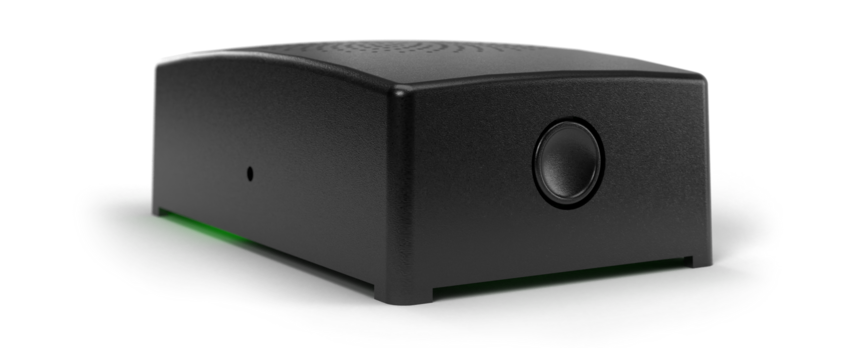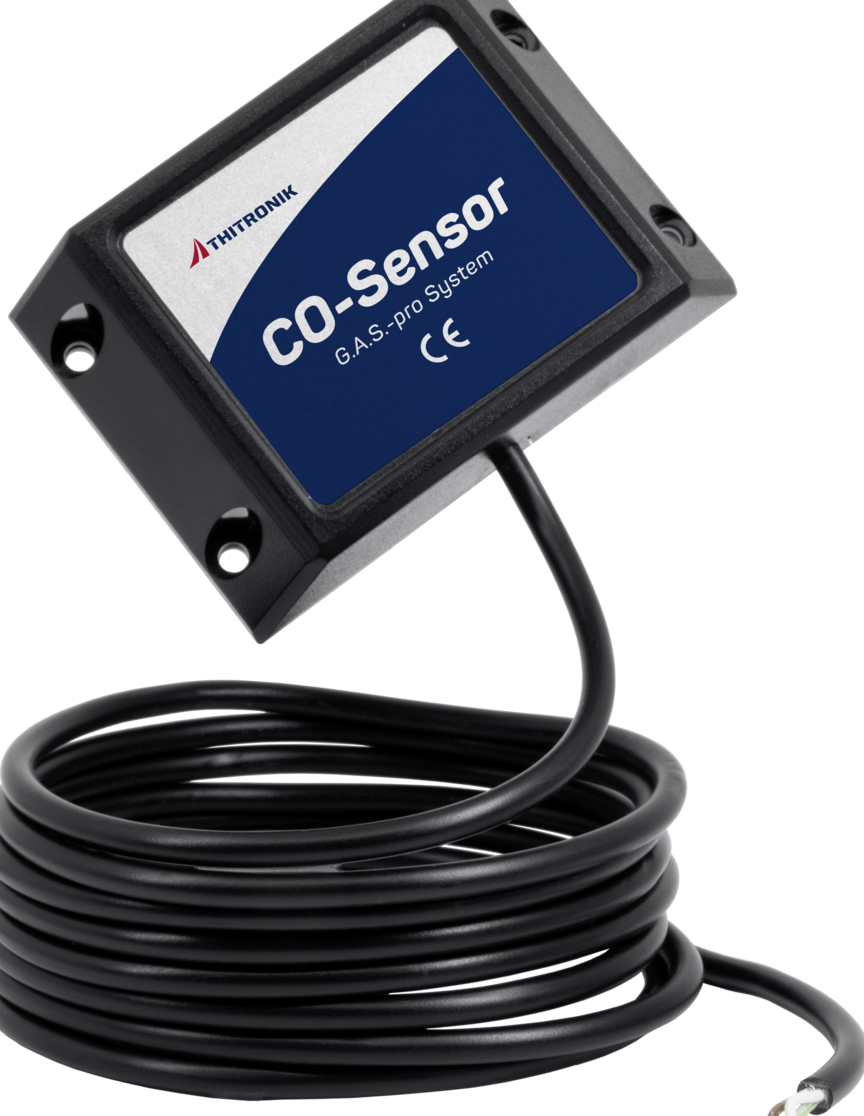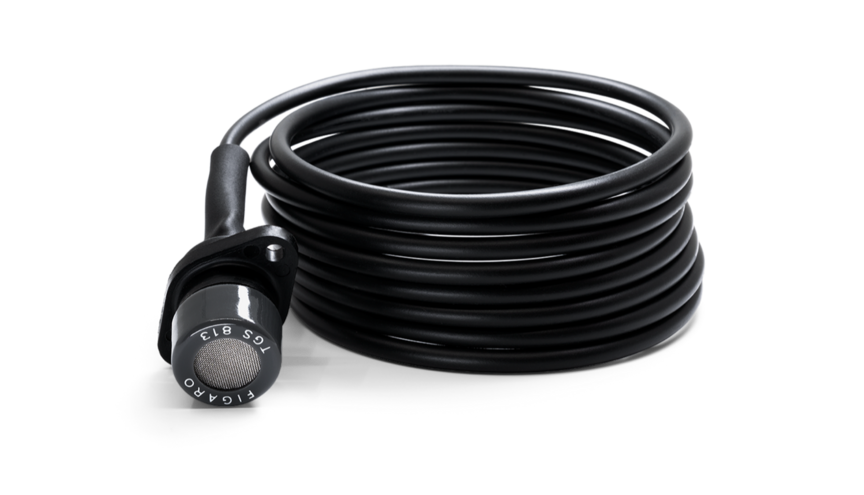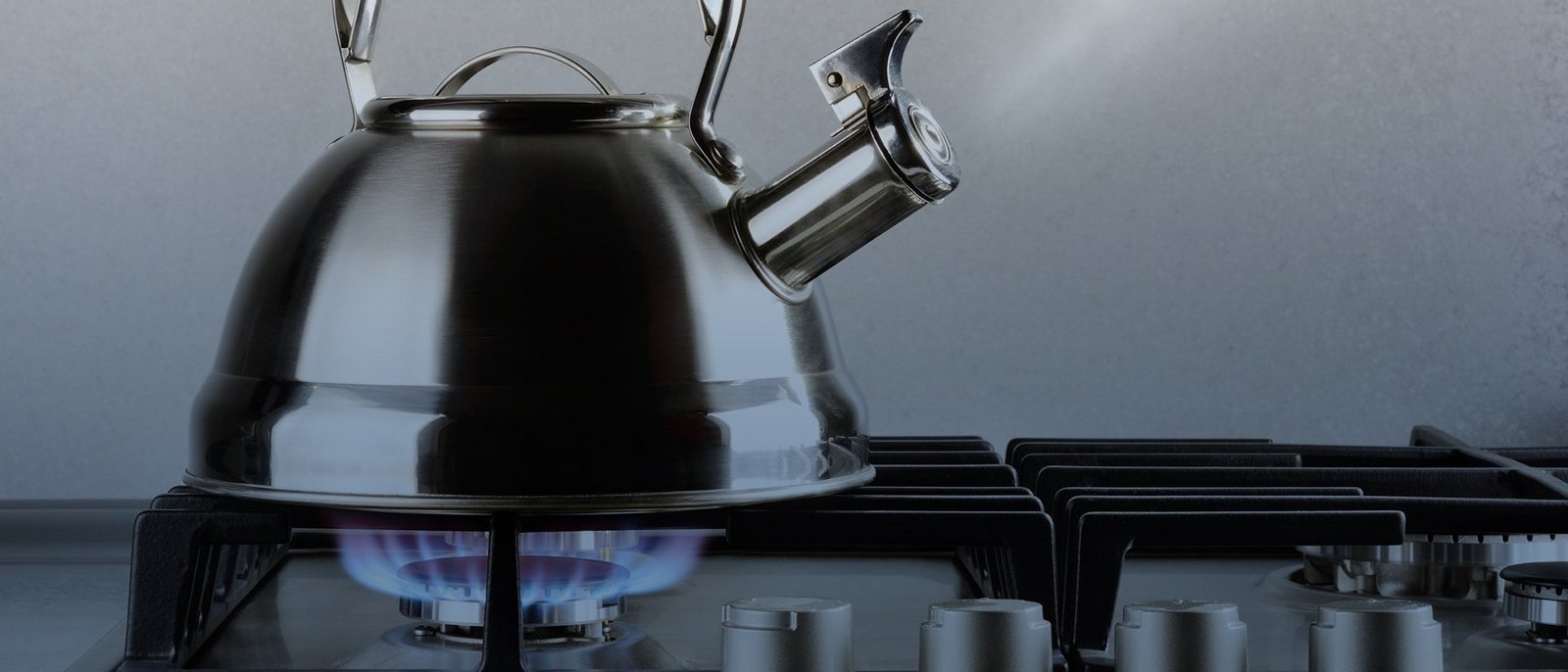
Brief guide to gases
You need to know about these gases
Did you know that gas alarms are specialists? Well, basically it’s quite simple: gases differ fundamentally in terms of their chemical compositions. That is hardly surprising, considering their purpose or mode of action. For this reason a gas alarm that should protect you and your family in your vehicle must of course be designed in a completely individual way for this gas. Below is a short excursus on the gases which should be taken into consideration in a vehicle.
![]()
Propane/butane
In virtually every motorhome or caravan, campers cook with a mixture of propane and butane – also known as liquid petroleum gas (LPG) or camping gas. The components may vary depending on the season, but for our consideration this is an insignificant aspect. A legally prescribed gas test guarantees a high level of safety in the vehicle, but cannot rule out the possibility of defects occurring in the gas installation. To warn our customers immediately of highly explosive gases in the event of a gas leak, THITRONIK offers special gas alarms for LPG which additionally detect KO gases.
![]()
KO gases
Criminals use KO or narcotic gases to knock out campers. They do this by pouring the liquefied gas into the interior by means of door seals, open windows or holes drilled in window frames. In this way sleeping campers are easily but effectively knocked out such that if they wake up, they may notice the intruders, but they can’t do anything about it. The likelihood of such attacks happening is controversial, but experts from criminal investigation departments do not rule them out. To offer our customers the best possible protection for this case as well, our gas alarms very efficiently detect KO gases. Like propane/butane, these gases are also heavier than air, so they sink to the ground and fill up the space there. Another reason why special combination sensors are used for propane/butane and KO gases.
![]()
Carbon monoxide (CO)
Insidious: carbon monoxide is both an odourless and a tasteless gas. It arises due to incomplete combustion, for example, a defective hot water or heating system. Taken up through inhalation of air, carbon monoxide rapidly leads to severe symptoms of intoxication and in extreme cases to death. CO is slightly lighter than air and thus rises to the ceiling in the camper. An aspect that clearly illustrates why gas alarms for LPG / KO gases and those for CO must not be installed at the same location in the vehicle.
Optimal use of gas alarms
CO gas alarm
Carbon monoxide is lighter than air, rises in the vehicle and accumulates below the ceiling.
Ergo: the CO gas alarm must be installed high up in the vehicle.
Propane/butane gas alarm
If the propane–butane mixture flows out of the gas system in the vehicle, it collects in the floor region and then rises slowly, given a sufficient flow of gas.
Ergo: the propane/butane gas alarm must be installed as close to the floor as possible.
Narcotic gas alarm
Narcotic gases are also heavier than air. They fill the space from the floor upwards. To warn the vehicle occupants promptly, the sensor must therefore be placed close to the floor.
Ergo: a narcotic gas alarm must be installed in the vicinity of the floor. Combination sensors for propane/ butane and narcotic gas are technically feasible.
Combination gas alarms
They should warn of both the deadly CO gas and of propane/butane and narcotic gases. As described above, different types of gas require specific sensors.
Ergo: stay away from combination gas alarms that claim to detect propane/butane, KO gases and carbon monoxide. That is technically not possible.
Small, fine, invisible …
Properly installed, the G.A.S.-pro and the additional CO sensor are completely out of sight, hidden behind a piece of furniture or the motorhome or caravan wall. There the fitter joins them – all that can be seen are two tiny openings for the sensors. Absolutely inconspicuous.
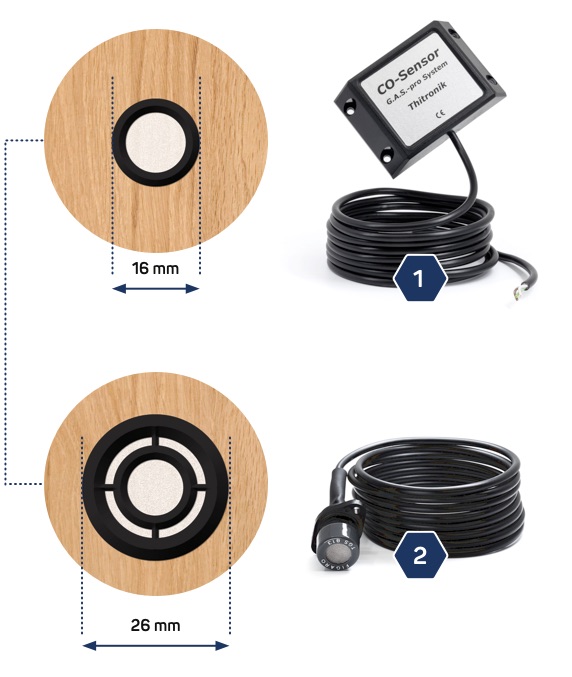
- The CO sensor is installed above and detects carbon monoxide (exhaust, heating system etc.)
- The G.A.S.-pro sensor is installed below and detects propane, butane and KO gases
- All gas alarms have been developed in-house by THITRONIK
- THITRONIK exclusively uses high-quality electronic components
- All components are coordinated with one other
Thitronik Products
Further guide topics
-
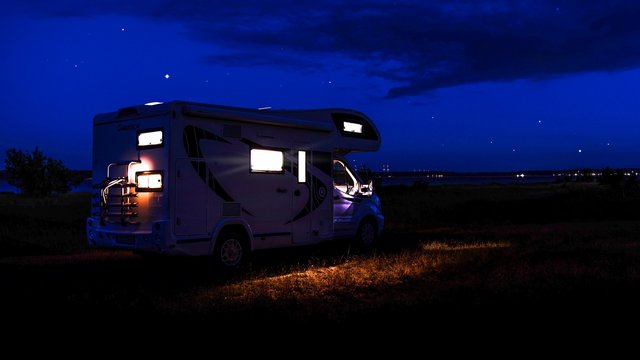
Thitronik modules: a strong team
The THITRONIK modules are all strong players individ-ually. As a team, however, they make for an unbeat-able system.
-

easy add
Comfortable, fast teach-in of Thitronik components
-
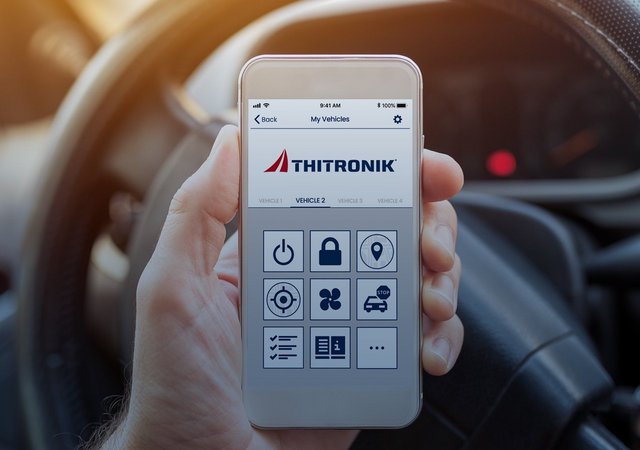
Thitronik App
An attractive security enhancement

